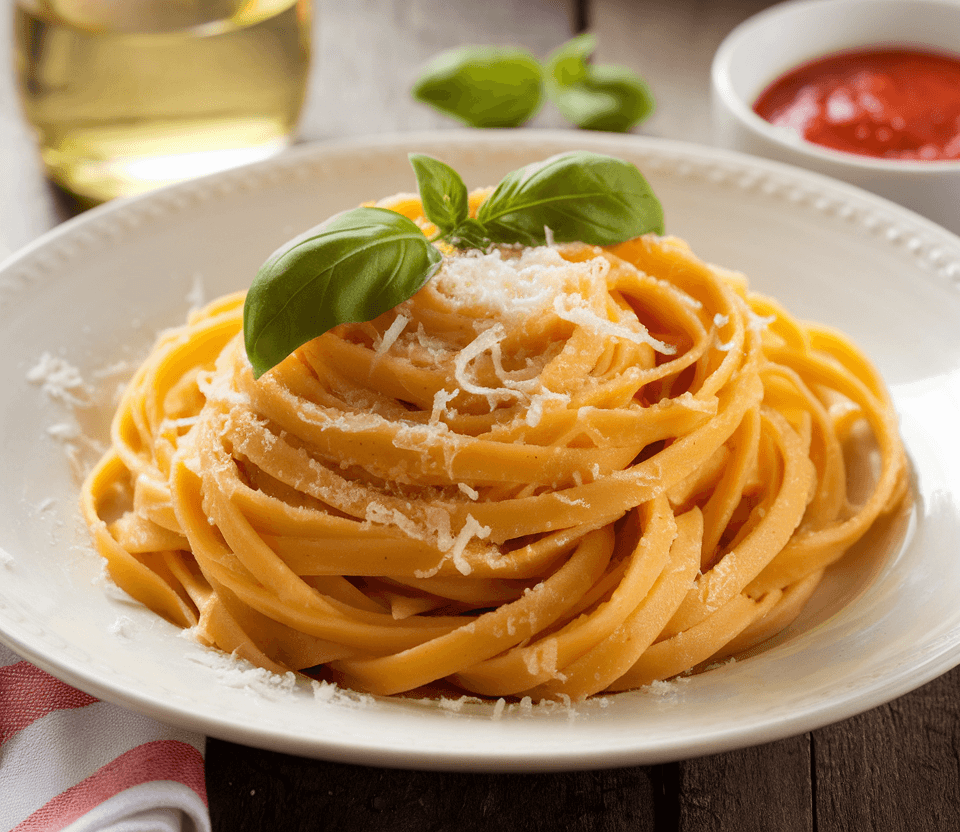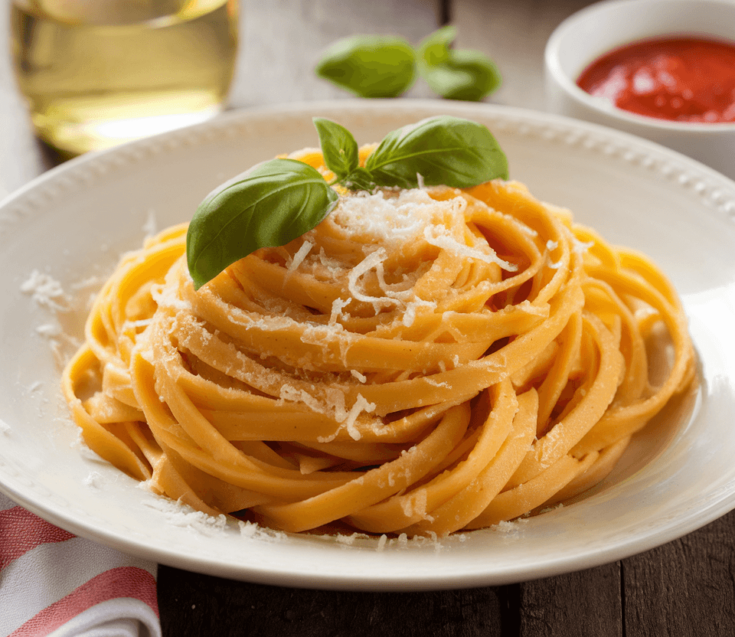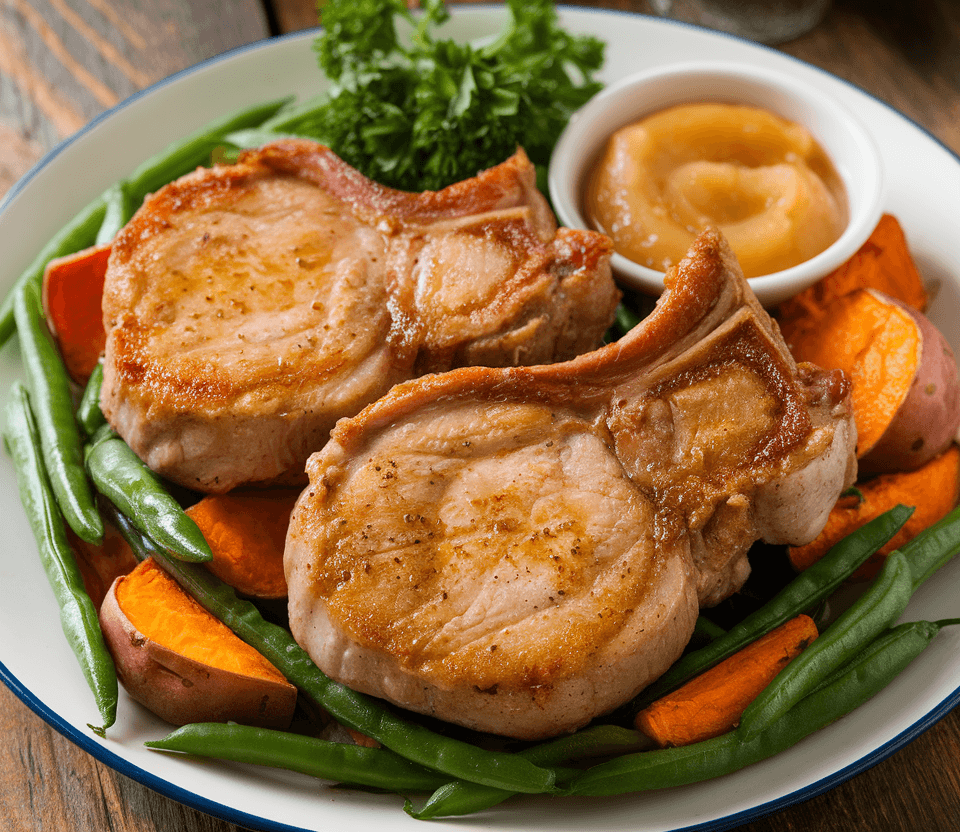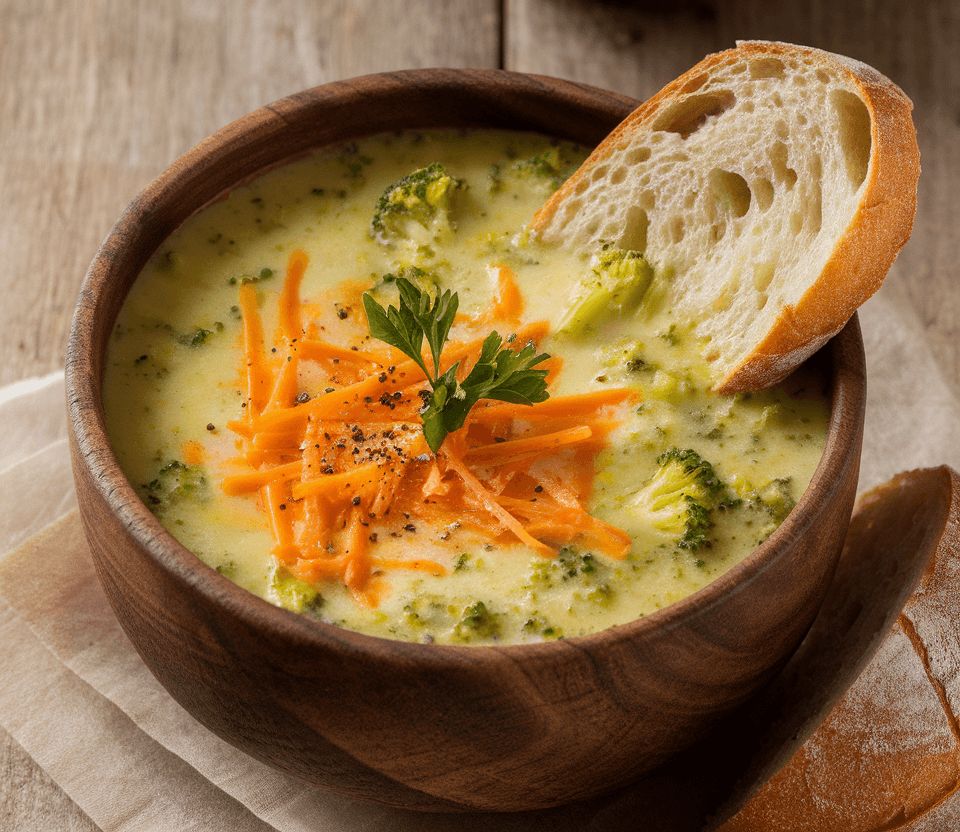Making your own Pasta Dough is a delightful culinary adventure that brings the taste of Italy right into your kitchen. This pasta dough recipe is simple to follow and results in a beautifully tender, fresh pasta that you can shape into your favorite forms, whether it be fettuccine, ravioli, or lasagna sheets. The appeal lies not only in the end product but in the hands-on experience of creating something from scratch, elevating your dishes to a whole new level of flavor and authenticity.

Why You Will Love This Recipe
You will love this pasta dough recipe for its incredible flavor and versatility. It serves as a blank canvas that can be paired with a multitude of sauces, fillings, and toppings, allowing you to customize your meal based on your preferences. The dough is easy to make, requiring only a few simple ingredients, and it fits well into various lifestyles—whether you’re a busy parent wanting to whip up something delicious or a culinary enthusiast eager to impress at your next dinner party. Plus, making your own pasta is a rewarding experience that connects you to the art of cooking.
Tips and Tricks
- Use quality flour: For the best texture and flavor, opt for ’00’ flour or semolina flour, which gives a nice chewiness to the pasta.
- Get hands-on: Don’t be afraid to get your hands dirty! Kneading the dough by hand helps develop gluten, which is essential for a good pasta texture.
- Resting is key: Allow your dough to rest for at least 30 minutes before rolling it out. This relaxes the gluten and makes it easier to work with.
- Keep it moist: If your dough feels too dry, add a little water, a teaspoon at a time. If it’s too sticky, dust with flour as you knead.
Common Mistakes to Avoid
- Not measuring flour correctly: Too much flour will result in a dry dough. Use a kitchen scale for precise measurements.
- Skipping the resting step: This can lead to tough pasta that doesn’t roll out properly.
- Over-kneading: While kneading is important, overdoing it can make the dough too tough. Aim for a smooth, pliable texture.
- Rushing the drying process: If you’re not cooking the pasta immediately, let it dry slightly to avoid sticking together.
Make Ahead Tips
You can make the pasta dough ahead of time and store it in the refrigerator for up to 2 days. Wrap the dough tightly in plastic wrap to prevent it from drying out. For longer storage, you can freeze the dough for up to a month. Just be sure to thaw it in the refrigerator overnight before you use it.
Recipe Variations
- Flavored pasta dough: Add ingredients like spinach, beet juice, or squid ink to the dough for a pop of color and flavor.
- Gluten-free option: Substitute regular flour with a gluten-free flour blend. The texture will differ slightly, but it’s a great alternative for those with dietary restrictions.
- Herbed dough: Incorporate finely chopped herbs like basil or rosemary into the dough for an aromatic twist.

How to Serve
Once your pasta is cooked and ready to go, serve it with a drizzle of olive oil or a rich homemade sauce. Garnish with freshly grated Parmesan cheese and a sprinkle of cracked black pepper. For a nice touch, add a few fresh basil leaves or microgreens for color and flavor. Serve in a large, shallow bowl with a side of garlic bread and a light salad to complete the meal.
Pairing Suggestions
For drink pairings, consider a chilled Pinot Grigio or a light red like Chianti to complement the pasta. If you’re in the mood for a cocktail, a classic Negroni goes wonderfully with Italian flavors. For dessert, a simple tiramisu or panna cotta would round off the meal beautifully.
How to Store
Store leftover fresh pasta in an airtight container in the fridge for up to 3 days. If frozen, place the uncooked pasta in a single layer on a baking sheet until firm, then transfer to a freezer-safe bag for up to 2 months. To reheat, simply cook frozen pasta directly in boiling water without thawing.
Equipment Needed
- Mixing bowl
- Rolling pin or pasta machine
- Plastic wrap
- Kitchen scale (optional but recommended)
- Knife or pasta cutter for shaping
Dietary Adaptations
To make this pasta dough recipe vegan, simply replace the eggs with flaxseed meal or aquafaba (the liquid from canned chickpeas). For a nut-free version, ensure that your flour is processed in a nut-free facility.
Seasonal Adaptations
In spring and summer, incorporate fresh herbs or seasonal vegetables like zucchini into your pasta dough. In the fall or winter, you can use roasted butternut squash or pumpkin puree for a hearty, seasonal flavor.
Cost Breakdown
This pasta dough recipe is budget-friendly, costing approximately $2-$3 for a batch that serves four, depending on the quality of flour you choose. For a more economical option, stick to all-purpose flour instead of specialty varieties.
Kitchen Hacks
- Use a pasta machine for even thickness and a professional finish. If you don’t have one, rolling out the dough as thin as possible by hand works just fine.
- To keep your workspace clean, use a large cutting board or a marble surface for rolling out your dough.
- If your pasta sticks together, use a bit of flour to dust between layers before storing.
Recipe FAQs
- Can I use all-purpose flour instead of ’00’ flour? Yes, but the texture may be slightly different. ’00’ flour gives a silkier, more authentic pasta.
- How long do I cook fresh pasta? Fresh pasta cooks quickly, usually in about 2-4 minutes, depending on thickness.
- What if my dough is too dry? Add a teaspoon of water at a time until you reach a pliable consistency.
How To Make pasta dough recipe
Pasta Dough

Making your own Pasta Dough is a delightful culinary adventure that brings the taste of Italy right into your kitchen. This pasta dough recipe is simple to follow and results in a beautifully tender, fresh pasta that you can shape into your favorite forms, whether it be fettuccine, ravioli, or lasagna sheets.
Ingredients
- 2 cups ’00’ flour (or all-purpose flour)
- 3 large eggs
- 1/2 teaspoon salt
- 1 tablespoon olive oil (optional)
Instructions
- On a clean work surface or in a large mixing bowl, create a mound with the flour and make a well in the center.
- Crack the eggs into the well and add the salt and olive oil.
- Using a fork, gently beat the eggs, gradually incorporating the flour from the edges of the well until a shaggy dough forms.
- Knead the dough by hand for about 8-10 minutes until it becomes smooth and elastic.
- Wrap the dough in plastic wrap and let it rest for at least 30 minutes at room temperature.
- After resting, divide the dough into smaller pieces, and roll each piece out with a rolling pin or pasta machine to your desired thickness.
- Cut into your desired shape (fettuccine, tagliatelle, etc.) and dust with flour to prevent sticking.
- Cook in boiling salted water for 2-4 minutes until al dente.
Nutrition Information
Yield
4Serving Size
1Amount Per Serving Calories 83Total Fat 7gSaturated Fat 2gTrans Fat 0gUnsaturated Fat 5gCholesterol 140mgSodium 318mgCarbohydrates 0gFiber 0gSugar 0gProtein 5g
dinnerbytes.com, occasionally offers nutritional information for recipes contained on this site. This information is provided as a courtesy and is an estimate only. This information comes from online calculators. Although dinnerbytes.com attempts to provide accurate nutritional information, these figures are only estimates.
Final Thoughts
Making your own pasta dough is not just about creating a meal; it’s about the journey of cooking and the joy of sharing food with loved ones. With this recipe, you’re well on your way to mastering the art of homemade pasta, which will surely impress anyone at your dinner table. Enjoy the process, experiment with flavors, and most importantly, have fun in the kitchen!






